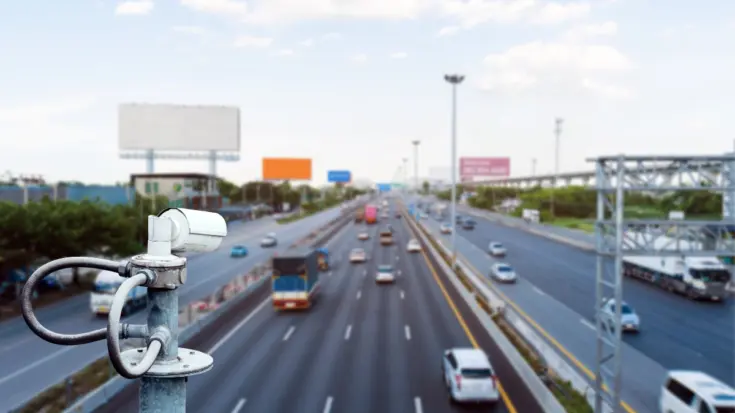The presence of an Intelligent Transportation System (ITS) provides the ability to improve efficiency, safety, and comfort in the transportation system. One application of ITS is an automatic highway law enforcement system, which offers several key benefits.
The benefits of the automatic highway law enforcement system include improving road user discipline, reducing traffic congestion, and improving the efficiency of law enforcement.
This article will give you information on the automatic highway law enforcement system, including its definition, how it works, its functions, and the benefits they have.
Also Read
Table of Contents
What is an Automatic Highway Law Enforcement System?

The automatic highway law enforcement system is one of the applications of the Intelligent Transportation System (ITS). This system applies information and communication technology to improve the performance of the transportation system in terms of automatically detecting traffic violations.
With cameras installed at multiple angles, the system is capable of detecting speed limit violations, red light violations, and lane markings violations, as well as identifying the vehicle owner responsible for the violation by recognizing the license plate number.
How Does an Automatic Highway Law Enforcement System Work?
The automatic highway law enforcement system detects violations through sensors and cameras installed at many angles. Cameras can detect various types of violations, ranging from speeding, running red lights, violating road markings, or lane violations.
The vehicle owner’s data is then identified by the system. Violation data, including photographic and video evidence, is also processed to demonstrate the violation. Law enforcement officers then automatically send a ticket to the registered vehicle owner.
Benefits of an Automatic Highway Law Enforcement System

The automatic highway law enforcement system provides many benefits, especially in detecting violations, and comfort in the transportation system. Here are some of the main benefits:
1. Improving road user discipline
One of the benefits of the automatic highway law enforcement system is improving road user discipline. This is because there is a camera system that monitors violations and takes action automatically.
2. Improving safety
With road users disciplined not to violate traffic rules, safety will improve. This is because it will reduce accidents caused by drivers who drive at excessive speeds, run red lights, violate road markings, and violate lanes.
3. Reducing traffic congestion
The automatic highway law enforcement system also helps reduce traffic congestion. Not only does it improve safety, but the absence of disorderly road users will also reduce congestion.
4. Improving the efficiency of law enforcement

With an automatic violation detection system, law enforcement officers can be more efficient in dealing with traffic violations. Traffic violations can be dealt with automatically without the need for officers at every monitoring location.
Conclusion
Those are the definitions, how it works, functions, and benefits of the automatic highway law enforcement system that you need to know.
The system commonly detects various types of violations, ranging from speeding, running red lights, violating road markings, or lane violations, through sensors and cameras installed at many angles.
Automatic highway law enforcement system, as one of the applications of the Intelligent Transportation System (ITS), is able to improve road user discipline, reduce traffic congestion, and improve the efficiency of law enforcement.











